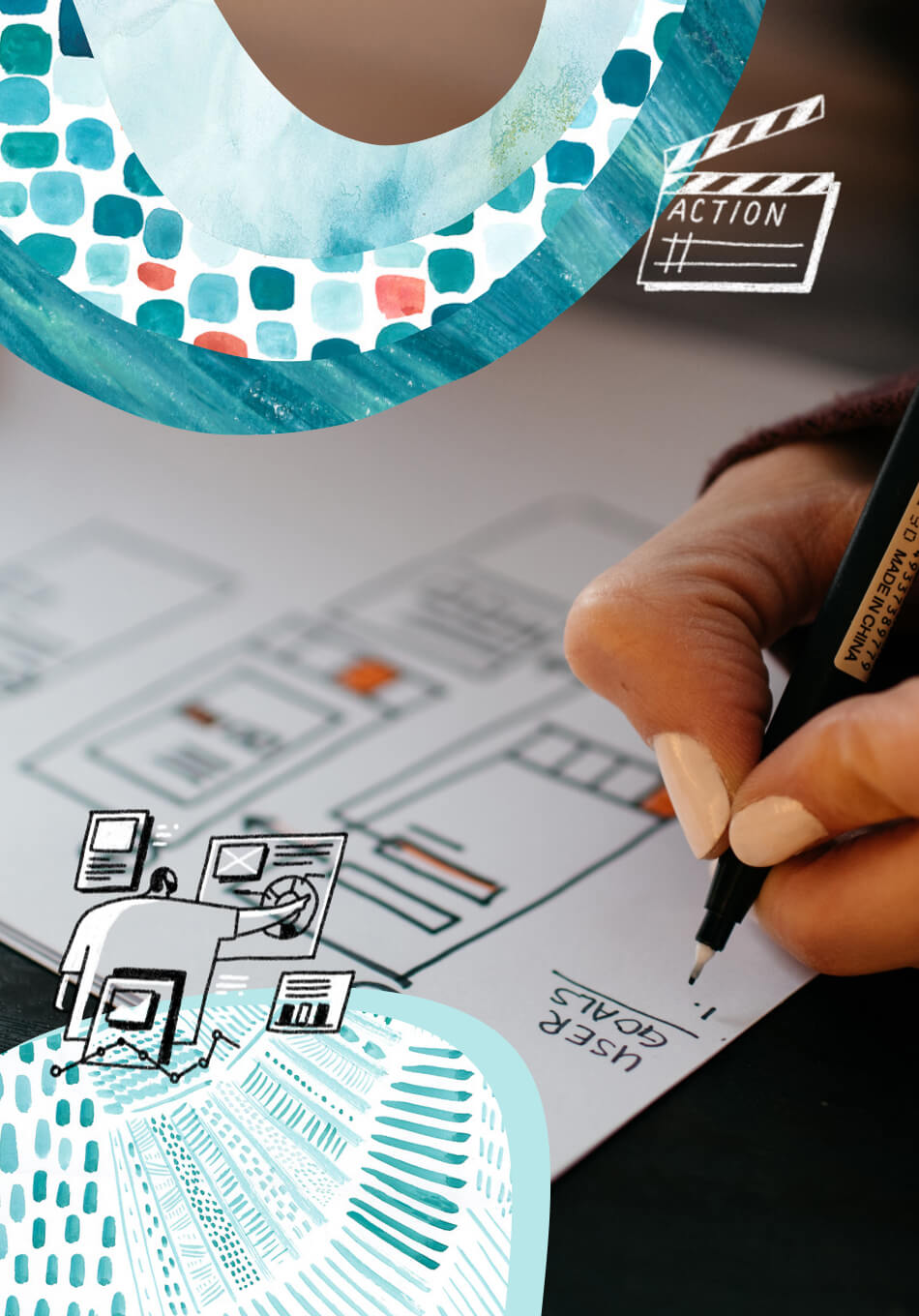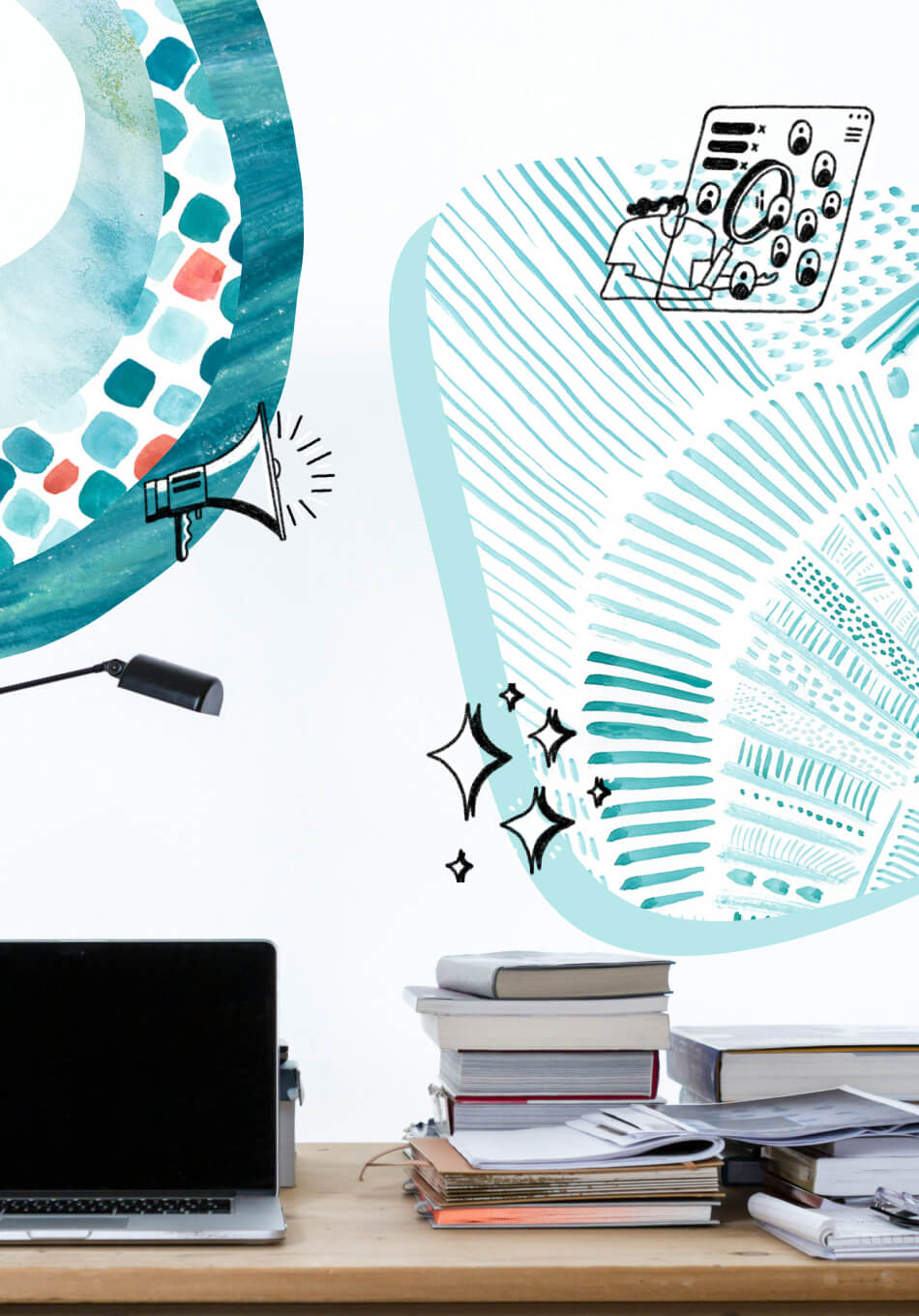In late July, I was fortunate enough to join User Interviews as the very first VP of User Research. A wrote an article about my first 30 days with the team, during which time I crafted a research strategy that gave me time to understand the current state of the business.
In this second article, I’ll dive deeper into how I turned my learnings from that first month into a vision for our best-in-class research practice.
Research at UI has always been democratic
After using the first few weeks to gain a deeper understanding of the hopes, dreams, and perceptions of research at User Interviews, I started to notice some themes emerging. These patterns made me realize I would have to take a different approach to building a UX research practice than I had done in previous roles.
Continuous discovery habits
First, I noticed that our Product Managers and Designers were already utilizing Teresa Torres’s Continuous Discovery Habits framework to conduct research with customers. (She discusses her framework in depth in this Awkward Silences podcast episode, if you're interested in learning more.) While this type of research democratization is very much a hot topic in the field (not everyone is a fan), as a research leader in a new org it made me jump for joy! It meant I didn't have to spend as much time talking about the value of research but could spend more time doing the actual work!
However, there were drawbacks to the way our team was implementing the framework. I started to notice that we often over-indexed on generative methods like 1:1 interviews. My teammates also spoke quite candidly about their desire to incorporate different methodologies like usability testing and behavioral insights into their research toolkits.
Our UX research toolkit
I also started to notice that the state of our research tools was causing some serious friction and was preventing our teams from conducting research. For example, tooling had previously been purchased as needed, depending on the work that needed to get done on a specific project. Ironically (coming from the team behind the UX Research Tools Map), we’d never taken a critical look at our own research tool stack to what was working for us and what could be improved.
Insight management
Finally, because so many individuals and teams were leading research, I noticed that insights were everywhere I looked—Slack, Google Drive, Confluence, email… everywhere. Yet there was no centralized location where my teammates could search and discover what we knew about our customers. And there definitely wasn't a clear taxonomy or agreed-upon naming conventions that would enable this to happen.
Creating a vision and identifying core objectives
With these initial themes and patterns in hand, I started to craft a vision for the research team at User Interviews as well as the core outcomes we would be focusing on during our foundational year with the team.

As a research practice, our mission is to develop an ethical, scalable, efficient, and decision-driven research practice that enables UI to discover and find insights about our customers. I always tell my team that our goal is not only to collect insights that impact our customers' experiences but that will also move our wider industry forward!
Core focus areas for User Research
In order to do this, during our first year, we need to invest in 3 core areas:
- Reducing friction around conducting research and sharing insights across the company: As a research leader, I decided to make a foundational bet on research operations for our team. Since research was already being led by non-researchers it was imperative to develop repeatable systems and strategies that would enable research to take place at scale. This includes everything from developing enablement materials around best practices, purchasing user research tools, and exploring solutions for insight management.
- Leading strategic research work: As researchers, our core goal is not just enabling research but also driving it. This means identifying high-value research opportunities that could inform long-term company vision and strategy—and then executing onon this work.
- Becoming market leaders: Being on the research team at User Interviews is a unique experience and one of the most “meta” jobs of my career. We’re often acting as researchers, doing research with researchers about a research tool! This gives our team a unique perspective and allows us to notice trends within the wider UXR industry. That's why our final core focus area is contributing to UI becoming market leaders via blog posts (such as this one), webinars, and education in the field.
These 3 core areas formed the initial strategy for the research practice that I shared with our team via a company-wide all-hands. Because I had already been sharing what I was learning during my first few weeks, it came as no surprise and the entire team was excited about the future of the research practice!

Putting it all together
I often tell others that building a new research practice from the ground up isn't for the faint of heart! It’s a balancing act that involves laying the foundations of the practice, leading research, evangelizing insights, and training and educating others (among other things).
As I wrapped up my first 60 days at User Interviews, I was starting to notice my biggest challenge was juggling the demands on my time.
On a good week, I might be able to context switch between leading 1-2 research initiatives at a time—but if I train and empower others on the research team to do the same, this amplifies my own impact..
Enabling others to do the thing I love
I discovered that knowing the impact of research democratization and starting to do this are two different things. As a research leader, I’m starting to make peace with the fact that I’m starting to move away from one of my first loves (conducting research) in order to enable others to do research. I believe strongly that this is something that has to be done for the future of our team.
With this in mind, I’ve starting to juggle the player-coach role and executing on the initial vision for the (growing) User Research team!
User Interviews is hiring!
Come join me! Our kickass team of curious humans is growing. Read more about the company and browse our open positions.




















